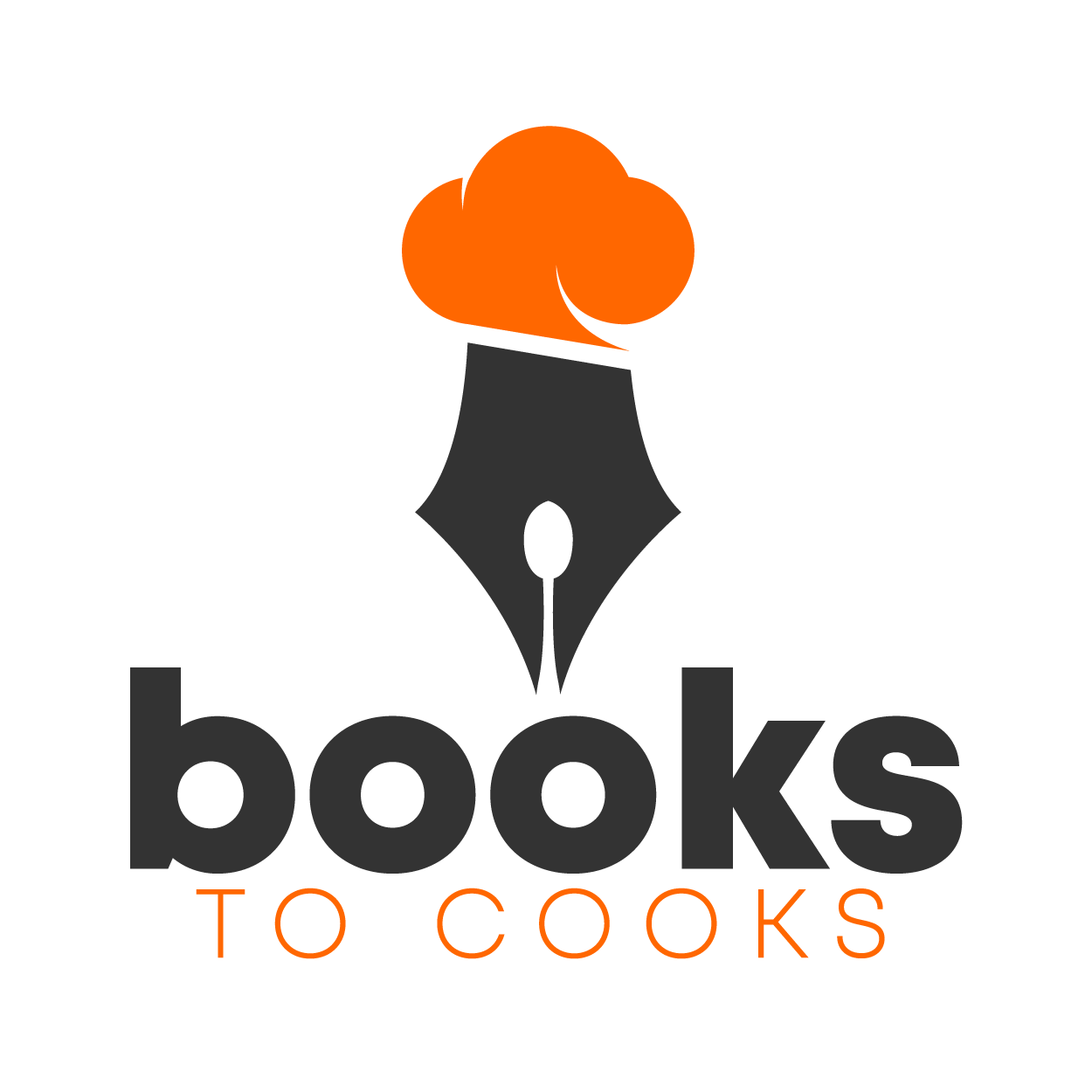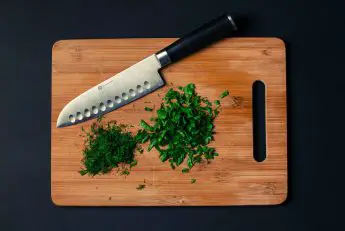Introduction
Quick Navigation
When it comes to organizing your kitchen and ensuring that you have the proper apparatus for food preparation, you know that you need a knife set, suitable cookware, and utensils, as well as the best cutting board. When it comes to investing in the best cutting board, you must know what to look for when shopping for one. There are various types of cutting boards, and they consist of different wood. However, you must learn about the attributes that make a cutting board a high-quality one before deciding which one to buy. Before going over the various cutting board types, let’s talk about the qualities to look at which will influence your decision on which cutting board to buy.
What Should You Look For In A Cutting Board?
There are different types of cutting boards as they consist of other materials. Cutting boards can consist of glass, marble, plastic, or wood. The focus here is the wood cutting board and the various types. When you shop for a wood cutting board, you want to ensure that you will buy one safe to use. The size is one thing to consider.
Cutting boards do come in different dimensions. They can be as large as 24 x 18 inches which translates to 45.72 x 60.96 cm, and bigger is always better to keep the food on the board as you chop it without it spilling. The hardness is another thing to consider when looking for a cutting board, as you would want one made with hardwood because they are more durable and more scratch-resistant than softwood cutting boards.
You also want to consider the wood grain or the porosity of the wood. Choose a closed-grain wood as it means it has smaller pores. That means bacteria from the food you cut will not enter the cutting board’s pores, and therefore, it makes it more sanitary to use. Smaller pores also absorb less liquid, which means you do not have to worry about mold or the cutting board warping.
You also want to make sure that the wood is non-toxic, and woods that come from trees that grow fruit, edible leaves, sap, and nuts are less likely to be toxic. Exotic woods may look nice in the kitchen, but they can have poisonous attributes, which means they can seep into the food you cut. You may develop rashes, hives, other forms of irritation, and you may even get sick if you use them. Which are the best types of wooden cutting boards? Let’s go over the various types of wood that are the best cutting boards.
Bamboo
Bamboo may not technically be a type of wood. However, good-quality cutting boards consist of this organic hard grass. The cutting is suitable because it is exceptionally high and not porous, and it is also water and scratch-resistant. Knives cannot cut through it, which means it will last longer, and it is high in silica. Therefore you can use your chef’s knife, and it will not scratch the board.
Not to mention, bamboo cutting boards look great and make great additions to your kitchen in an aesthetic sense. Environmentalists love bamboo as well.
Ash
Cutting boards made with ash wood are high-quality. Even though ash cutting boards are ring-porous, the rate of its durability is the reason it scores high for one of the best cutting boards. Therefore, when you use knives as sharp as the ceramic knife, it will remain intact because it is exceptionally sturdy.
Ash cutting boards also make a great addition to the kitchen as their light tone can look great. It will look good regardless of the style of the kitchen.
Maple
Maple cutting boards are one of the most popular ones around, and there is a reason for that. Wood from maple trees or sugar maple trees is hard and has a tight closed-grain which prevents liquid and bacteria from entering the board. It is so dense that it is also scratch-resistant and will not ruin a knife’s sharpness either.
The only drawback with maple cutting boards is that it is not stain-resistant. Therefore, if you are cutting colorful food such as beets, there will be a stain on the board. If you decide to cut foods that stain on this board, you will need to wash the board right away with light soap and warm water.
Teak
Teak cutting boards became popular recently as it is a tree native to Southeast Asia, and has an orange-brown hue. The wood is highly resistant to mold and does not warp, so it is a popular one for cutting boards. In addition to that, teak features closed-grain and natural oils that prevent bacteria and liquid from seeping inside. Teak is high in silica and is resistant to scratches. However, beware that the board can cause your blade to be dull if you use it frequently.
Walnut
Walnut wood makes another popular cutting board. Even though the wood is somewhat softer than the others listed here, it is popular because it is dark and can hide stains easily. In addition to that, it is not porous. However, because it is softer, it is not overly scratch-resistant. That is a downside to walnut wood.
However, the dark hue can cover scratch marks on it, and it also looks good in the kitchen. The appearance of the walnut cutting board may be the reason why it is also trendy.
Acacia
Acacia cutting boards are not as popular, but they are beginning to trend. The wood from the Acacia tree is hard, and its hardness is also why it makes a good cutting board. In addition to that, it is sturdy but is slightly more porous than the others listed. However, Acacia cutting boards come in various shades of wood, are less expensive, and are still good-quality wood.
Beech
Beech is a tree native to Europe, and the wood from beech trees used for cutting boards is hard and sturdy. The wood is similar to that of maple, and it is scratch and dirt-resistant. It features a tight-grain as well, which is why it repels water and bacteria. The only thing to consider is that beech is a light-colored wood and converts to a lovely shade of red over time. Therefore, the lightness of beech wood can make it less stain-resistant as well.
Cherry
The appealing thing about cherry wood is red-colored wood, and the cherry wood cutting board looks great in dark wooden kitchens. In addition to that, cherry wood is hard, scratch-resistant, and has tight pores. Therefore, it is a popular type of wooden cutting board. It does not go well aesthetically in kitchens that have different colors, however.
Conclusion
When you are looking to choose your wooden cutting board, you know the features to look for and the style. Some woods may match your kitchen better than others. Therefore, when choosing the wooden cutting board, you don’t only want to consider the quality. You want to consider how it will appear aesthetically. The types of wooden cutting boards listed are the ones that kitchen experts recommend based on their durability and cleanliness, as you never want to get a cutting board that is highly porous. All you need to do is find the best one listed here for your kitchen, which won’t be difficult.

